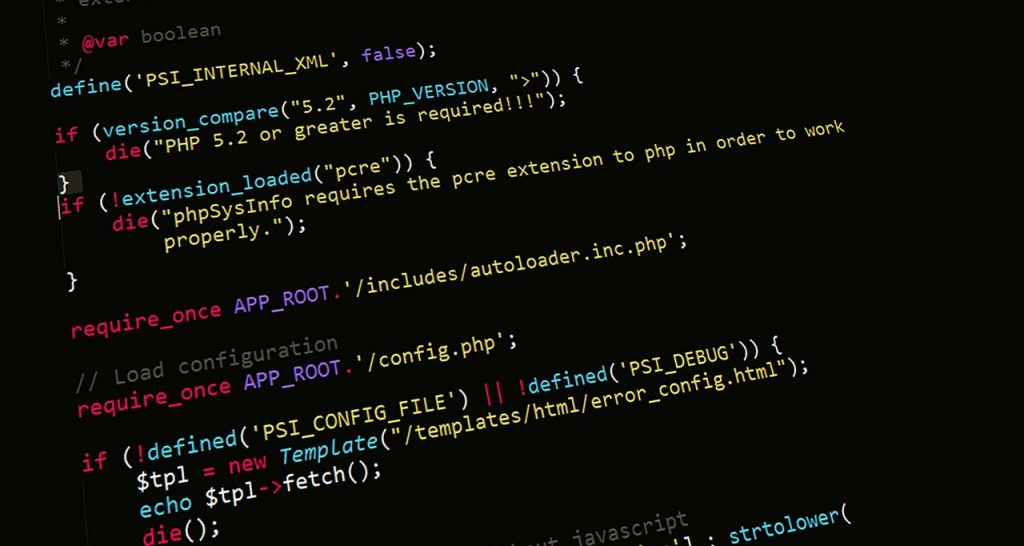In 2015, ransomware and malware related attacks cost businesses around the world $325 million. This was considered to be a relatively acceptable figure. Rumors spread throughout the cybersecurity industry that a future dominated by cybercrimes was something we might be able to dodge. While a high amount, the $325 million value just didn’t meet the worst-case scenario many had expected. Was it possible everyone drastically overestimated how popular these attack methods would become?
Fast forward two years later, as ransomware-based attacks alone are expected to reach $5 billion in costs to organizations this year. Obviously, this is an astronomical increase in the spread and effectiveness of cyberattacks. It is, however, just the tip of the iceberg.
While ransomware attacks like WannaCry dominate the headlines, other, perhaps even more damaging infiltrations of organizations IT infrastructures are underway.
Hidden Attacks
Zero-day vulnerabilities are holes or bugs in programs that have yet to be found and patched by the software creator. You can think of them like secret doors, through which cyber criminals can gain access to your systems.
This attack method works when criminals take advantage of these vulnerabilities to gain access to your system and leave malicious code behind. These vulnerabilities pose a huge threat for organizations because – unlike ransomware attacks – the public is not aware of these weak points. The goal of this attack method is to take advantage of a gap in knowledge, either by a hacker stumbling across an unknown vulnerability and gaining access to your data, or utilizing an exploit – a piece of software which grants access through a specific vulnerability – and then infecting your systems. These zero-day exploits can be delivered in a variety of ways, from sending emails with infected attachments, to malicious code embedded on rogue websites. Protection against these threats relies on IT best practices like leaving emails from suspicious senders unopened or links to unknown websites unclicked.
Zero-day vulnerabilities had a spotlight shown on them earlier this year due to a set of hacking tools released by TheShadowBrokers, a hacking group who, in turn, stole these tools from the NSA. This data dump contained information on all the zero-day vulnerabilities the NSA had recorded over the years. This essentially gave cybercriminals a free tip and opportunity to infiltrate systems around the world before software providers had a chance to patch these errors.
While many of these vulnerabilities were located in older versions of Windows, one of the exploits released, EternalBlue, was ultimately used to fuel the WannaCry attacks earlier this year by opening the door through which the ransomware could sneak into various Microsoft devices. In short, when you take a step back, you can see how these attack methods are all interconnected.
So, how do you prevent vulnerabilities from harming your business? If you have reason to believe your network has been penetrated, you need to immediately perform a deep audit of your organization’s network.
Wide-Reaching Assessment
BAI’s Compromise Assessment – powered by Cylance® – discovers any malicious code lurking in your system and presents immediate methods of remediation. This service has been designed specifically for organizations who suspect they’ve been breached – or have been breached in the past – and are worried malicious code is lurking in their system.
The Compromise Assessment helps an organization find malicious code through the deployment of a highly-specialized, yet nonintrusive, forensic software on all endpoints. We’ll go through every aspect of your IT system to make sure all files, data and programs are valid and meant to be there. Anything that appears even slightly suspicious will be carefully analyzed, and if a malicious item is found, will then be isolated and immediately removed. From there, tactical recommendations will be offered to help prevent future breaches.
If you think your organization might have been breached via a zero-day vulnerability, reach out to us or your IT provider to ensure your systems are safe. To learn more about our Compromise Assessment, click the button below to download our free brochure.









